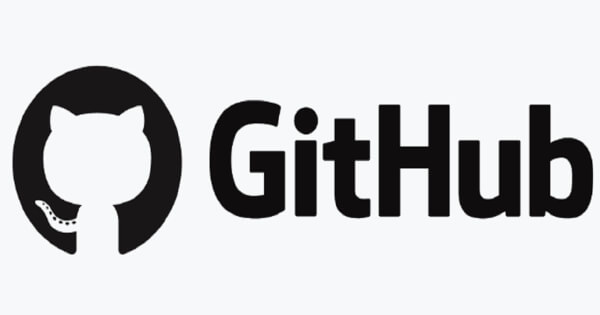Communities of developers are increasingly leveraging technology to address critical global emergencies, ranging from wildfires to refugee crises, according to The GitHub Blog.
Watch Duty: Real-Time Wildfire Alerts
One significant initiative making waves is Watch Duty, co-founded by John Mills. This community-led organization provides real-time alerts for wildfires, often ahead of traditional emergency services. Mills noted that wildfires can turn deadly within the first hour, yet emergency alerts typically come too late. Watch Duty bridges this gap by utilizing volunteers who monitor radio communications and disseminate critical information via social media.
“Most wildfires turn deadly in the first hour, yet emergency alerts don’t usually show up until it’s too late,” Mills explained. “We are a community-led organization run by volunteers who used to operate individually but now work together.” The platform has even gained recognition from emergency services and utility companies, which now purchase Watch Duty’s data to enhance their own response strategies.
UNHCR and The Hive: Supporting Refugee Camp Management
On an international scale, the United Nations High Commissioner for Refugees (UNHCR) is leveraging technology through its innovation lab, The Hive. Led by Seema Iyer, The Hive uses data science and technology to support forcibly displaced people. One of their current projects involves using drone imagery and machine learning to map refugee camps in Kenya, a project supported by Microsoft’s AI for Good Lab. These tools help UNHCR manage resources and plan more effectively within the camps.
“UNHCR has a global mission to protect forcibly displaced people around the world,” Iyer stated. “The Hive harnesses the power of data science and technology to raise awareness about refugees and design solutions to address their needs.” Open-source models developed as part of this initiative are available on GitHub, enabling other organizations to replicate and build upon their work.
The Role of Open Source in Emergency Response
Both Watch Duty and The Hive recognize the critical role of open source in their missions. While Watch Duty operates partly as an open-source platform, it maintains some proprietary elements to sustain its operations. “We are open data on a lot of things, but we can’t just give everything away,” Mills noted.
Similarly, The Hive uses open-source projects to engage the broader community and encourage innovation. “We curate ways for people who are curious about our mission to learn about the topic and apply their skills,” Iyer said. This approach not only fosters collaboration but also ensures that solutions can be adapted and scaled to different contexts.
Building and Sustaining Communities
Both leaders emphasized the importance of community in their work. For Mills, the impact of Watch Duty lies in its ability to turn volunteers into heroes who provide critical information during emergencies. “It’s really amazing to watch people engage with solving real problems like this and see it become their life force,” he said.
For Iyer, community engagement is about creating pathways for civic technologists to contribute their skills. “We need to curate those pathways of knowledge sharing, which is what our organization, The Hive, is trying to do,” she explained.
As these initiatives demonstrate, the intersection of technology and community can drive significant progress in addressing global emergencies. With over 100 million developers on GitHub, even a small percentage leveraging their skills for good can create substantial change.
To learn more about these initiatives, visit Watch Duty on their website and USA for UNHCR on their website.
Image source: Shutterstock
. . .
Tags








